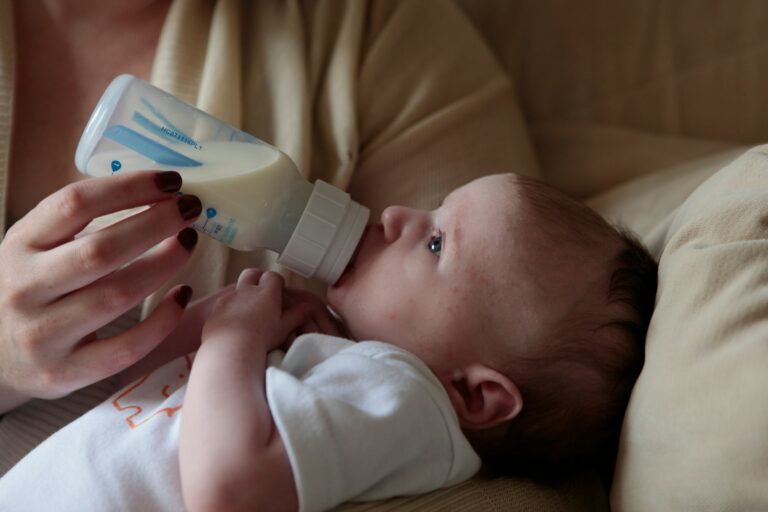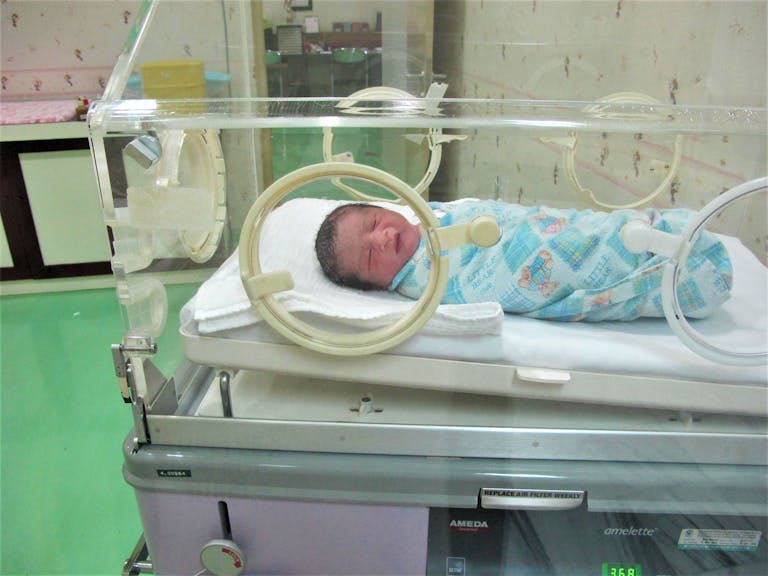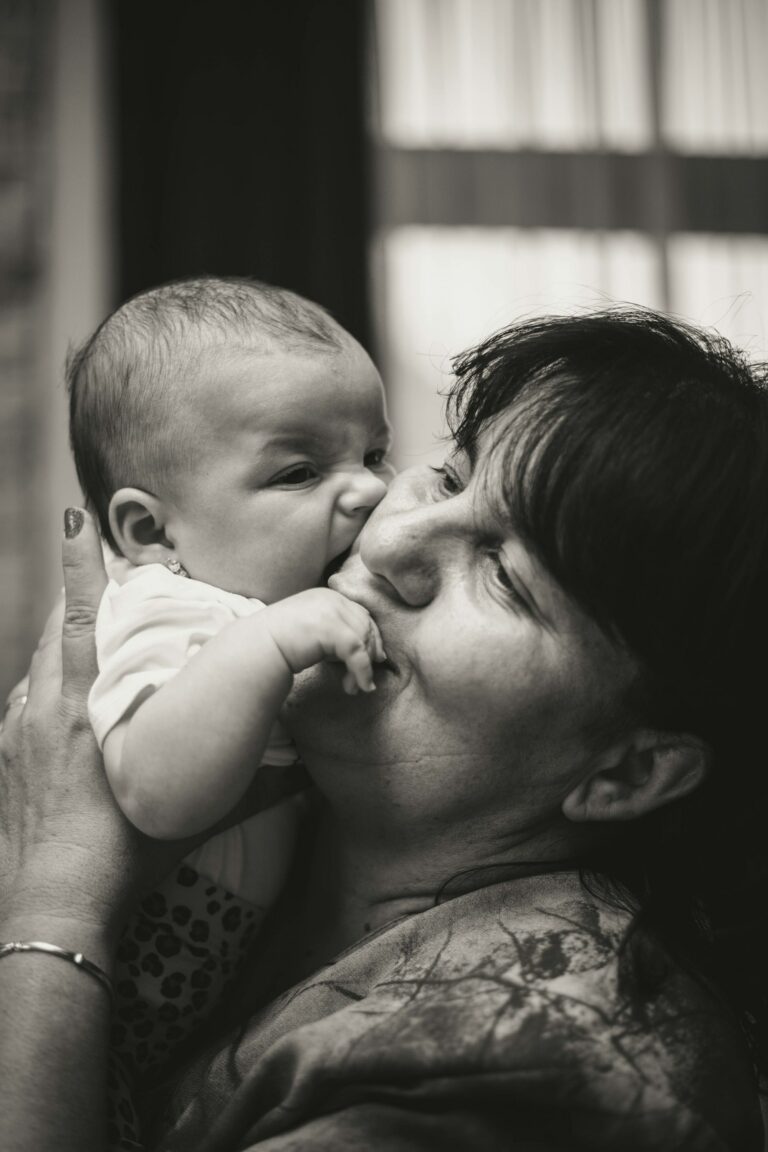Parenthood often arrives with big questions, unexpected hiccups, and a swirl of emotions that can leave you searching for answers on sleepless nights. One of the more persistent challenges, lurking where you least expect it, is the reality of breastfeeding nipple cracks. You may have imagined feeding as a time for bonding, only to be startled by sharp discomfort, burning pain, or even bleeding that turns intimacy into a struggle. Why do these cracks develop so quickly? How does one nurse or pump without feeling like every feed is a test of endurance? More importantly: what steps can you take right now to reclaim comfort and protect health for yourself and your baby? Let’s unravel the causes, signs, prevention techniques, and solutions—so breastfeeding can move from trial to triumph.
Understanding breastfeeding nipple cracks: symptoms and scientific insights
Picture this: the skin around your nipple, an area as delicate as it is vital, becomes red, dry, possibly even bleeding. For many nursing mothers, breastfeeding nipple cracks seem to appear almost overnight—starting with dry patches, evolving into fissures, sometimes forming scabs or blisters. It’s not just the physical discomfort; the emotional weight can be immense.
Yet, what do these cracks really mean from a physiological standpoint? The nipple’s skin is thin and sensitive, packed with lactiferous ducts—tiny passageways for milk—and prone to micro-trauma from repeated mechanical stress. Studies reveal that up to 90% of new mothers experience nipple pain or cracks during the first few weeks of nursing, with sharp or burning sensations often pointing to deeper fissures that can let bacteria in.
If you observe redness, swelling, or scabbing along with oozing or persistent pain between feeds, it suggests a compromised skin barrier. This vulnerability creates a gateway for mastitis (infection of breast tissue) or candida overgrowth (“thrush”), warranting close attention. Don’t hesitate to reach out to a healthcare provider when fever, pus, spreading redness, or intense swelling develop.
What causes breastfeeding nipple cracks? Unraveling the risk factors
You might be wondering why these tender skin injuries are so common. The answer lies in a fascinating intersection of anatomy, technique, and environment:
- Improper latch and positioning: A shallow latch—where your baby grabs only the nipple instead of a generous portion of the areola—magnifies pressure, leading to mechanical breakdown of skin cells. Poor positioning can restrict milk flow, making things worse.
- Tongue-tie (ankyloglossia): Anatomical restrictions under your baby’s tongue limit movement, resulting in inefficient sucking and greater friction against the nipple.
- Flat or inverted nipples: These variations in nipple structure can frustrate attempts at achieving a deep, comfortable latch, increasing vulnerability to surface cracks.
- Engorgement: Overly full breasts present a firmer, less pliable landing spot for your baby’s mouth, boosting tension—both literal and figurative—at the nipple.
- Environmental irritants: Tight bras, rough fabrics, or synthetic breast pads can trap moisture or generate friction. Detergents, perfumes, or aggressive hygiene practices add another layer of risk.
- Maternal skin conditions: Eczema or dermatitis further reduce resiliency, leading to cracks following even minor trauma.
Not every factor acts alone. Often, several pile together, creating a “perfect storm” for breastfeeding nipple cracks to form.
Prevention: proactive steps for healthy nursing
Can these skin splits be avoided? Absolutely—most of the time, small adjustments pave the way for big relief.
Optimize latch and positioning
Success begins with a deep latch. Align your baby’s belly against yours, chin pressed into the breast, mouth opened wide—almost comically so. The areola, not just the nipple, should fill their mouth while the lips flare outward like little flower petals. Don’t be afraid to switch things up: try football hold, cross-cradle, or even laid-back nursing to redistribute pressure and give sore spots a rest.
Nurture the nipple, protect the skin
- Gently express a few drops of milk after feeds and leave them to air dry—nature’s own antibacterial, moisturizing solution.
- Apply a thin layer of lanolin cream (medical-grade, unscented) to reinforce barrier protection without impeding breathability.
- Steer clear of harsh soaps or alcohol-based products that strip away protective oils.
- Swap out breast pads frequently and favor soft, breathable materials—hydrogel pads or breast shells can be helpful for some.
- Avoid bras that bind or cause pressure points; comfort equals prevention.
Keep breasts healthy, not overfull
Frequent, on-demand feeding (typically every 2-3 hours) prevents engorgement and encourages more straightforward latching. If you need to pump, ensure the flange (the part that cups the breast) fits correctly—too tight and skin shears, too loose and friction increases. For extra-firm breasts, hand-express a little milk beforehand to soften the area.
Individual anatomy and seeking support
If your baby shows signs of tongue-tie or if you have flat or inverted nipples, an evaluation by a lactation consultant can make a world of difference. These professionals help fine-tune positioning, troubleshoot equipment, and guide you in adapting techniques.
Healing breastfeeding nipple cracks: medical evidence and practical care
When symptoms appear, timely, gentle intervention is key. The skin heals most effectively with:
- Continued application of breast milk and lanolin, providing both moisture and antimicrobial benefits.
- Warm compresses before feeding, to relax tissue and decrease pain.
- Cool packs or hydrogel pads between feeds for temporary relief of swelling or burning sensations.
- Breast shells (for brief durations) to prevent further rubbing from clothing.
Persistent pain? Consider silicone nipple shields temporarily under the guidance of a professional. These create a protective barrier during feeding, though long-term use can impact milk transfer. Safe pain relievers such as acetaminophen or ibuprofen are compatible with breastfeeding—always check with your practitioner.
Warning signals—unusual discharge, pus, yellow crusting, spreading redness, or fever—demand medical attention. Infections may be treated with topical antibiotics, antifungals, or specialized ointments, depending on whether bacteria or candida is involved. Never self-treat with untested creams: only those marked “safe for breastfeeding,” like pure lanolin, are appropriate.
Protecting milk supply and managing complications
A deep crack need not signal the end of breastfeeding. If direct feeding is too painful, express milk by hand or with a pump on the gentlest setting, ideally at the intervals your baby would typically nurse. The goal? Maintain your milk supply, so you’re ready to resume at the first possible opportunity.
Left unchecked, mastitis can manifest as hot, red, swollen breasts with fever, and thrush may present as shiny, burning skin or white patches inside your baby’s mouth. Both require swift intervention—don’t delay seeking help.
Emotional resilience matters too. Connecting with other parents, both locally or through online support groups, can offer validation and practical tips that smooth the road ahead. Remember, recovery is a process—and looking after your well-being is non-negotiable.
Practical feeding techniques: comfort-focused tips
- Start feeds on the less painful side first to trigger letdown.
- Use a clean finger to gently break suction if you need to unlatch—a small step, big impact.
- Alternate holds (side-lying, cross-cradle, football) at each feed or pump session to share the workload across skin surfaces.
- Afterward, reinforce barrier protection with lanolin or hydrogel.
If difficulties persist, reassess latch and positioning; don’t hesitate to enlist expert guidance, especially if underlying anatomical challenges are suspected.
Exploring common myths about breastfeeding nipple cracks
Myth: “Some pain is unavoidable.”
Fact: While initial tenderness may occur, proper technique and attentive care render persistent pain neither inevitable nor acceptable.
Myth: “Stop breastfeeding if your nipples are cracked or bleeding.”
Fact: Most parents can continue; only on rare medical advice should feeding pause entirely.
Myth: “Any cream will do.”
Fact: Only use products labeled “safe for breastfeeding.” Scented lotions or over-the-counter ointments can exacerbate irritation.
Myth: “They’ll heal on their own, no need to adjust.”
Fact: Without evaluating latch, technique, or pump fit, cracks may deepen or recur—proactive change supports true healing.
Evidence-based management—emphasizing moist wound healing, gentle technique, and early intervention—leads the way to recovery.
Key Takeaways
- Preventing breastfeeding nipple cracks is achievable for most parents through meticulous positioning, regular changes in feeding technique, and attentive nipple care.
- Signs like redness, swelling, pus, or fever require quick consultation with a healthcare provider—prompt action averts complications like mastitis or persistent thrush.
- Proven interventions include expressed breast milk, medical-grade lanolin, and careful use of hydrogel pads or breast shells.
- Emotional support and expert resources—lactation consultants, peer support groups—are invaluable assets on the journey.
- For ongoing personalized advice and free child health questionnaires, try the Heloa app to access reassurance and up-to-date evidence-based recommendations tailored to your family’s unique path.
Every parent’s journey into feeding is unique, full of both challenges and rewards. Equipped with the right information and compassionate guidance, you can transform pain into progress—one feed at a time.
Questions Parents Ask
Can you still breastfeed if your nipples are cracked and bleeding?
Absolutely—many parents continue to breastfeed even in the presence of cracks or some bleeding. It’s understandable to feel concerned or worried, but most of the time, these issues can be managed with gentle care and simple adjustments. Breast milk itself is naturally soothing and has healing properties, so you can continue nursing unless your healthcare provider specifically suggests otherwise. If the pain becomes intense or you notice signs of infection (such as fever or pus), don’t hesitate to seek guidance from a professional. Remember: your comfort matters, and supportive care is available.
How can you tell if a cracked nipple is infected?
It’s natural to feel uncertain when discomfort persists. Signs that a cracked nipple might be infected include redness spreading around the nipple, swelling, warmth to the touch, increased pain, or the presence of pus or yellowish discharge. Sometimes, you might notice a fever or flu-like symptoms—these can point to an infection such as mastitis. Rassurez-vous, prompt attention and care, often with support from your healthcare provider, can help resolve these issues quickly and safely. Don’t hesitate to reach out for support; solutions exist and you’re not alone.
Are there ways to relieve pain from cracked nipples quickly?
Yes—there are several gentle techniques to bring quick relief. Try applying a few drops of your own breast milk to the area after feeding; let it air dry naturally for added comfort. Soothing nipple creams made from pure lanolin are also helpful for some parents. Warm compresses before a feed can relax the tissue, while cool packs between feeds might temporarily ease burning or swelling. It’s also possible to adjust how your baby latches, sometimes with help from a lactation consultant, to reduce friction and give your skin a chance to recover. Above all, be kind with yourself—recovery takes time, but day by day, comfort returns.
Further reading:









